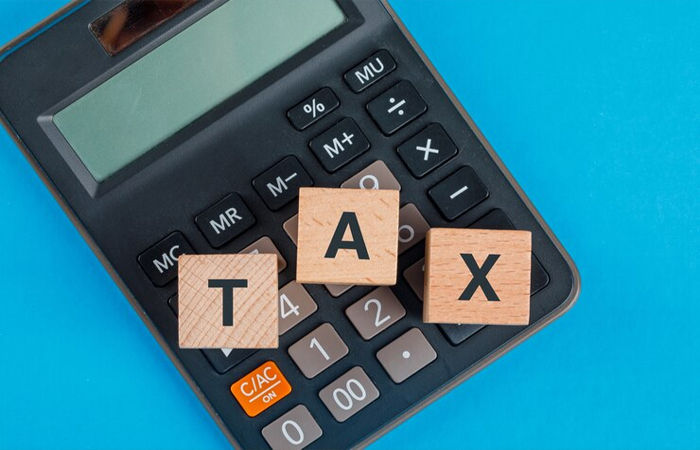
Modi Government 3.0: The first budget of the third term of the Modi government is likely to be presented in July. There may be good news for taxpayers. Finance Minister Nirmala Sitharaman may start a series of pre-budget meetings in the next few days. Meanwhile, according to the report, the government may consider reducing the income tax rate. Officials say that this will increase the disposable income of the people. Such an increase in income will increase consumption and increase economic activity. It is believed that the government may consider making the current income tax structure practical. Tax rates can be reduced, especially at lower income levels.
Officials say that an increase in consumption is necessary to revive demand. For this, the tax structure will be made practical. This will bring more disposable income in the hands of the people and consumption will increase, economic activities will increase and the GST collection of the government will increase. The new tax system has a provision of five percent tax on income above three lakh rupees. In this way, 30 percent tax is levied on income above Rs 15 lakh. Thus, if the income increases five times, the tax rate increases six times. An official said that the government will lose revenue due to tax exemption but the increase in disposable income will increase consumption and direct and indirect revenue will also increase. This may lead to loss of government revenue but overall it will be beneficial for the government and the economy.
New tax regime
| Income (in Rs.) | Tax Rate |
| 0 to 3 Lakh | 0% |
| 3 to 6 Lakh | 5% |
| 6 to 9 Lakh | 10% |
| 9 to 12 Lakh | 15% |
| 12 to 15 lakhs | 20% |
| More than 15 lakhs | 30% |
Private Use
Officials say that spending on infrastructure instead of spending on welfare schemes can be more beneficial. The first budget of the third term of the Modi government is likely to be presented in the third week of July. India's average GDP growth has been more than seven percent during the last three years. It is expected to decline in the next few years. This is because private investment and demand have not kept pace. Private final consumption expenditure in the January-March quarter was 52.9 percent of GDP, the lowest in the base year series of 2011-12.
 look news india
look news india